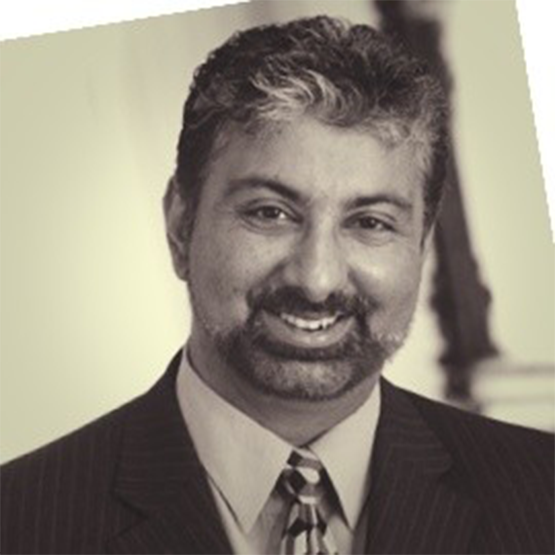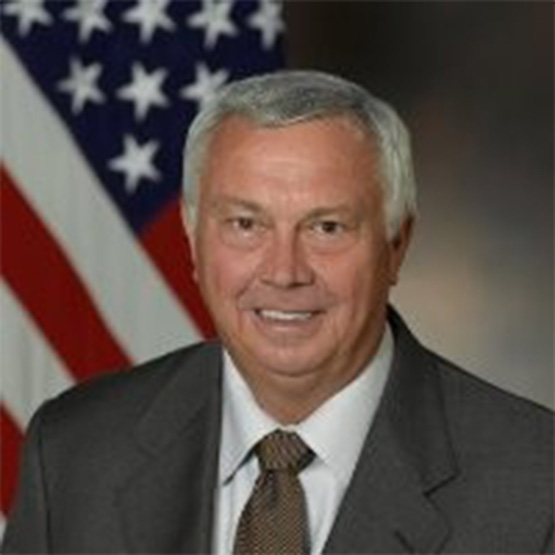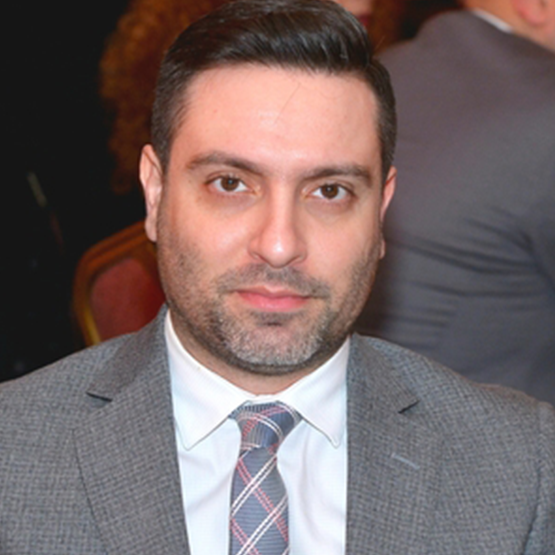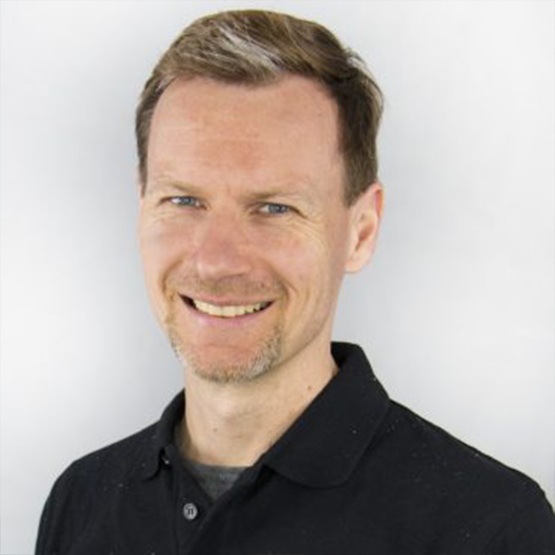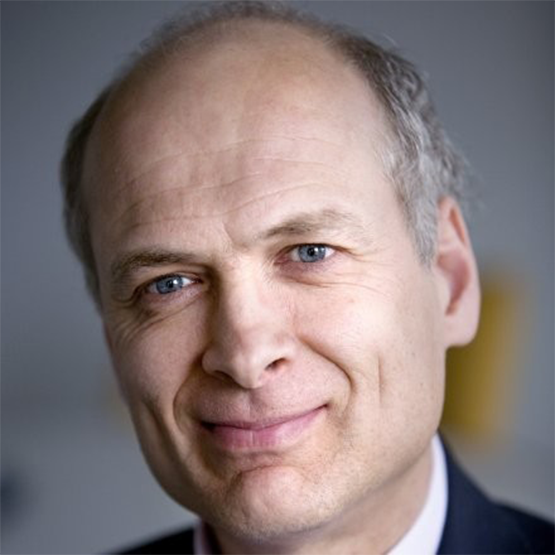
Georges Romme
Hierarchy in Organizational AgilityAdvocates of new organizational forms such as TEAL and holacracy tend to assume that hierarchy stifles dialogues on ideas arising from the shop floor or front line, and thus undermines organizational agility. However, Jaques in his work on requisite structure has emphasized that hierarchy, defined as an unambiguous sequence of levels of accountability, is a necessary component of requisite structure. In this keynote, I first map the various ways in which hierarchy can be defined and practiced, and then develop a more fundamental conception of hierarchy as a sequence of abstraction levels—one in which one can zoom in and out across e.g. strategic, tactical, operational and individual levels. Subsequently, several examples of the role of hierarchy in companies drawing on sociocratic and holacratic organizational designs are outlined. These examples demonstrate how hierarchy operates as a mechanism for filtering information and guiding decision-making in agile organizations in which people self-organize their individual responsibility by taking charge of particular challenges, also at higher accountability levels. Hierarchy as a sequence of levels of abstraction (i.e. accountability) thus safeguards the efficiency of policy decision-making as well as work processes.
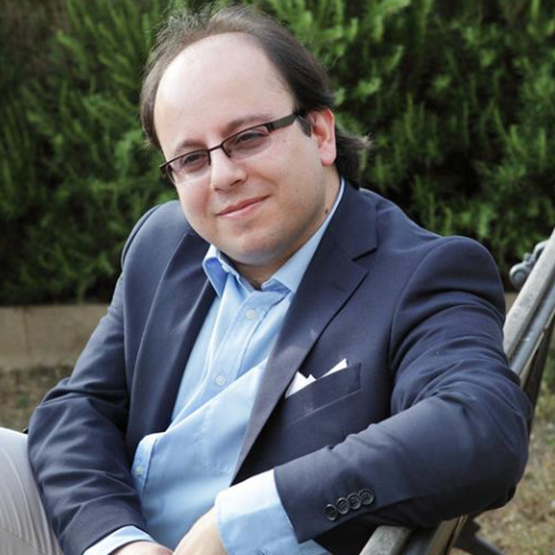
Felice Pescatore
NAVY vs PIRATES, an Apple storyIn 1979 Steve Jobs, with the Apple co-founder Steve Wozniak and some company engineer, visit the Xerox PARC laboratory of Palo Alto, falling in love with the Xerox Alto graphical user interface. After signing an agreement with Xerox for the use of its technologies, Jobs takes over the “Lisa” project, using the essence the Xerox technology for creating the first Apple computer with a GUI and mouse. The project, however, was a commercial flop, bringing Apple’s co-founder into an internal isolation. So, the Apple Board start to search a way to limit the impact of its extravagance and Jobs, certainly not enthusiastic, is thrown on the “ Macintosh” project, initially thought as an economic version of the “Lisa”. After a first discussion with the relative team, Jobs takes the reins of the project, undermining Jef Raskin, and decides to adopt a different organizational and work approach. This “serious game” is inspired by the facts described above, going to highlight how a company plastered and concerted on itself lose quickly the goal of satisfying the customer and how, almost always, the only way to get back on the right track is to “break the rules”.
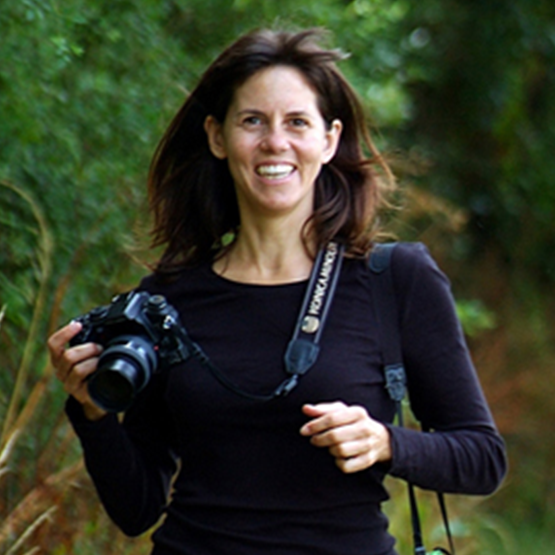
Heidi Mehltretter
How to Troubleshoot OrganizationWorking with coded org charts - how to troubleshoot organization and succession issues.

Scott Pochron
Rethinking HierarchyAgile practices favor self organizing teams to command & control bureaucracy. Yet the research of Elliot Jaques suggests that hierarchy plays a requisite role in addressing work complexity. This interactive session will explore aspects of order and coherence in living systems and the implications for the agile organization.
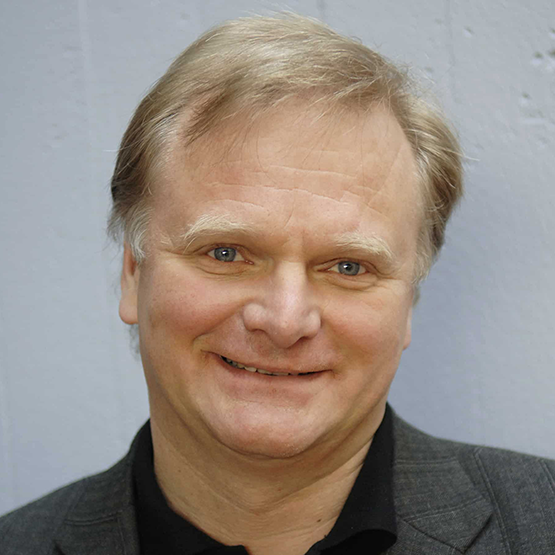
Bjarte Bogsnes
Beyond BudgetingThe problems with traditional management, including budgeting - The Beyond Budgeting principles and companies on the journey - Equinor’s "Ambition to Action" model; - redefining performance - dynamic and relative with a holistic performance evaluation - dynamic forecasting and resource allocation and no traditional budgets - from calendar-driven to event-driven; a more self-regulating management model - Implementation experiences and advice
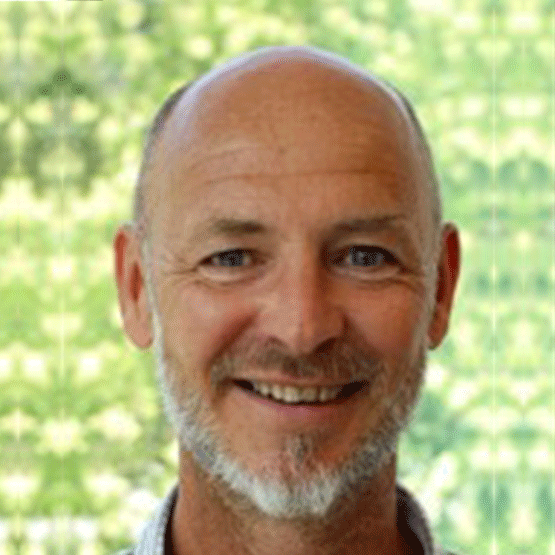
Christophe Keromen
Digital Marketing goes agileThe Digital Marketing Business Unit of a big airline asks for coaching: help us to be more agile by adapting SAFe to our context. By using basic principles of Agile, we satisfied the business goals of the transformation and never applied SAFe! Main characteristics of this experience: * outside IT * short coaching effort (less than 15 days over 6 months) * coaching the managers to coach their teams * at scale: 80 people * lasting transformation (checked 18 months later) * minimal change and internal appropriation from the start * fun A good example of achieving business agility with an agnostic approach…

Mike Burrows
Right to LeftIf you had to describe an Agile process, where would you start – “from the left”, with a backlog of work to plough through, or “from the right”, with needs met by working software? Does the difference in perspective matter? The difference does indeed matter (a lot!); we’ll see that learning to describe and introduce Agile and its frameworks “from the right” brings considerable benefits. And it’s not hard – we can all do it!
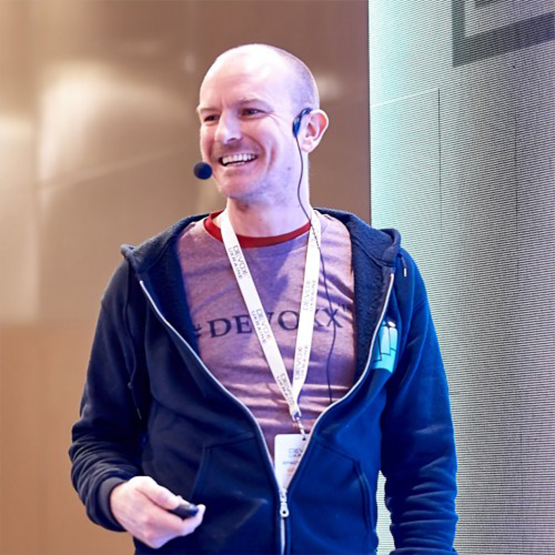
James Birnie
Socrates the Agile PioneerMost people will tell you that Agile thinking is new, dating back to a famous meeting in 2001. A lot of Agile practitioners get frustrated that the world often doesn't seem ready to use Agile and so ask "why do we not want to adopt Agile?" My research, on the other hand, tells me that Agile principles guided most of human endeavour throughout known history right up until we lost those skills at some time around the industrial revolution. So the question we should be asking is not “why can't we do this?” but rather, given that Socrates was an Agile pioneer, “why did we STOP doing this?” By examining the historical context of Agile values and principles I will demonstrate how we have helped to guide complex organisations back to ways of working that the human race should never ever have left behind.
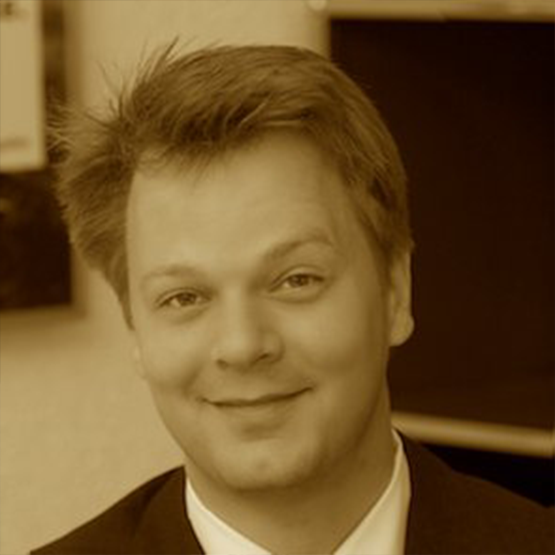
Ralf Eckhard Turke
Embedded AgilityToday's organisations struggle to accommodate a dynamic diversity of tasks, viewpoints and interests every day. How do you create sufficient alignment without taking away autonomy? How do you deal with such transverse topics as risk, quality or compliance? The number of such questions increases every day. Both classical organisational frameworks and Agile delivery models do not provide sufficient answers, because they do not provide a high-performant and resilient form of collaboration and governance. We present and use a new scientific methodology, DialogG that establishes a dialog on the way we collaborate (Dialog on Governance). Based on that methodology the common agreement on how we collaborate – is no longer a status, but a process of ongoing dialog in reference to a common language and architecture. Join us to discover how to a) dynamically clarify collaboration across units and teams b) align individuals to collaborate for a common purpose, substantially reducing transaction efforts c) shape and dissolve bottlenecks in cross-functional activities d) continuously dissolve fragmentation, integrating and aligning collaboration and organisational models (Scrum, SAFe, etc.) f) align IT to business needs.

Sabine Neuenschwander
Use of agile mindset & toolsHow to use successfully agile framework artefacts in personal coaching. Amazing results with people which never heard about agility and most probably will never hear about! Impressive stories of people which changed their way of life completly

Dror Zernik
The Reverse ImpactTransforming an organization of more than 5,000 employees into Business Agility, requires a multi-disciplinary team which includes Strategic Consulting, Organization Consulting and Agile Coaching. Further, this is a lengthy journey, which takes several years. When you first build the team, each member brings to the table the pure discipline and the integrated vision for the Agile Transformation. However, over time, as the team meets the day-to-day routines, and in order to meet its ongoing tasks, the team learns ‘how things are done’ in the organization. Very quickly, the team absorbs the organization’s culture, and then, the transformation goals become just mechanical; the culture is not affected. What are the symptoms that the team is infected? How do you overcome this paradox? …and is there any chance to create an impact on the organization’s culture?
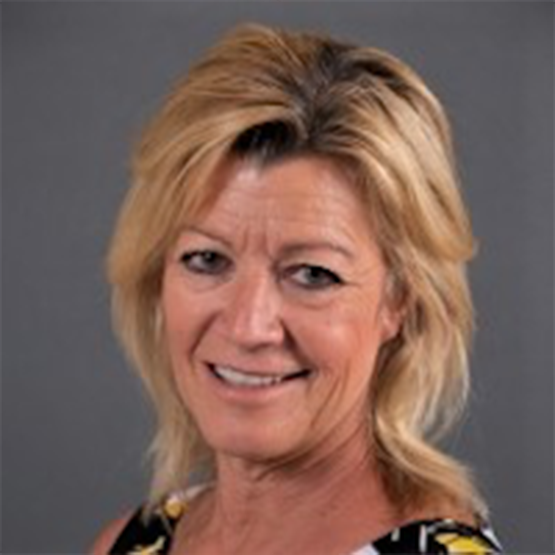
Carol Dekkers
The Heart of Agile heals AgileIf you've never been exposed to the Heart of Agile concepts, you're in for a treat! HoA is a radical simplification and returning to the essence of Agile via four critical words: Collaborate, Deliver, Reflect and Improve. The good news is that you already possess everything you need to succeed. Join Carol Dekkers as we explore the Heart of Agile.




